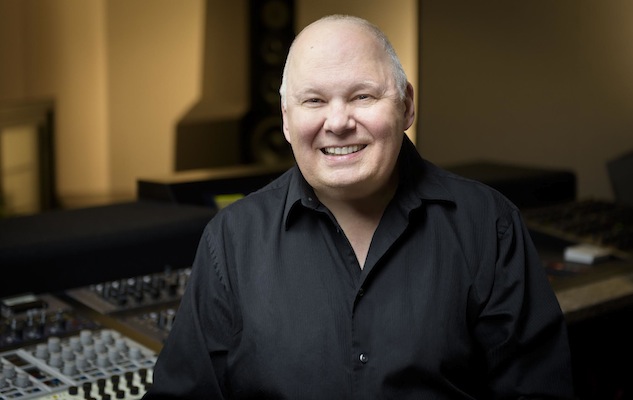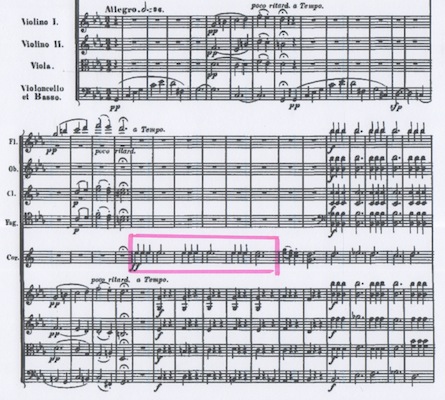
Bob Ludwig on Shostakovich and Beethoven

(Photo © Vincent Dixon, courtesy of Gateway Mastering.)
A few postings back, I suggested that, consciously or otherwise, Dmitri Shostakovich modeled the brief but arresting four-note musical motto that begins the Passacaglia theme of the third movement of his violin concerto on Beethoven’s famous four-note beginning of the first movement of his Fifth Symphony.
In other words, instead of Beethoven’s
da-da-da DAAH…
Shostakovich opens with
DAAH, da DA-DA.
That was in the context of a Vault-Treasure Tuesday feature, David Oistrakh’s première studio recording of 1956.
I sent the link to Bob Ludwig, and Bob sent back a fascinating response. A bit about Bob, and then his important contribution to the conversation, are after the jump.
Bob Ludwig is by universal agreement the most successful mastering engineer, ever. His 7,500 or so credits include “household-name” albums by Sly and the Family Stone, The Rolling Stones, Bruce Springsteen, and Nirvana. He has been awarded 11 Grammys and 2 Latin Grammys. (For Gregorian Chant, I assume.)
I was honored that Bob was willing to answer some questions from me for my final column for Stereophile magazine; I can’t imagine going out on a higher note.
What most audiophiles don’t know is that Bob has an Master’s degree in Music Literature, as well as degrees in trumpet performance and music education. Bob was the first trumpet of the Utica orchestra.
Bob’s response:
Hi John,
I agree with your thoughts about this.
For me, what makes Shostakovich’s motif sound so “Beethoven’s Fifth,” even more than his retrograde of the opening of Beethoven’s 1st movement, is the French Horn fortissimo repeated-notes passage in the 3rd movement of the Beethoven. It is so reminiscent of the first full minute of the 3rd movement of the Shostakovich work. Of course, the Beethoven is only 2 horns, while the Shostakovich is 4 horns!
I like that both examples are “3rd movements”! So I completely agree. This “da-da-da daaa” lick is even in the cadenza. What an amazing performance of a great piece of music.
Best,
Bob
And here is the Beethoven score example Bob attached, with my highlighting.

Of course, I was familiar with the strutting use of the theme in Beethoven’s third movement. It’s as good an example as any, why I find Beethoven’s at times excessively rhetorical and dialectical music less appealing than Mahler’s often-numinous scores… . I just had failed to connect the dots.
The fact that for effect, Beethoven himself used his motto’s rhythmic pattern but not its melody, as Shostakovich later did with his own thematic material, would seem to firm up that there was an influence, and perhaps make it more likely that the influence was conscious. I think Shostakovich’s violin concerto is a greater work of art than any of his symphonies (Bob suggests that the 15th is on the same level).
Shostakovich and Oistrakh were on Stalin’s bad list or “probationary” list. (Oistrakh carried in his music satchel clean socks and underwear, and bribes for prison guards, if it came to that.) In crafting utterances for his fellow sufferer, Shostakovich turned, consciously or unconsciously, to one of the greatest artistic expressions of human courage and of the determination to be free.
Thanks, Bob!
# # #


